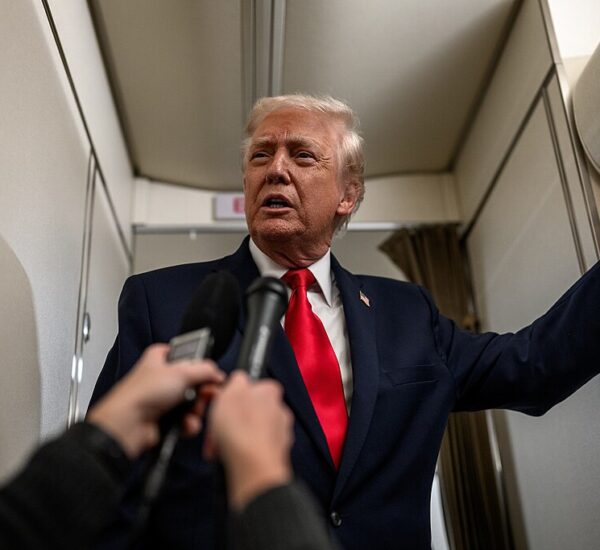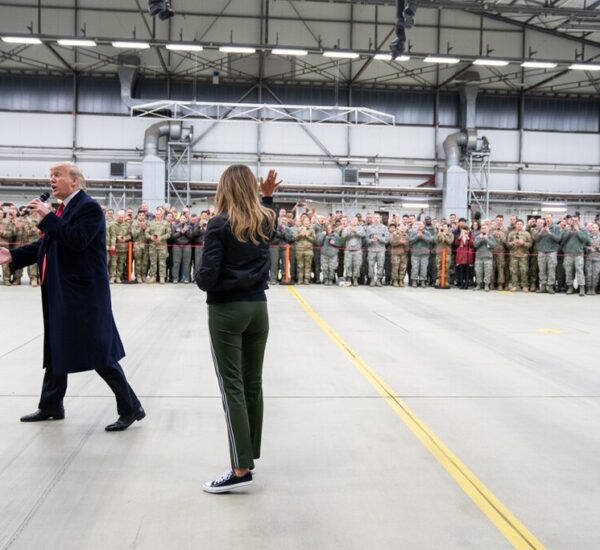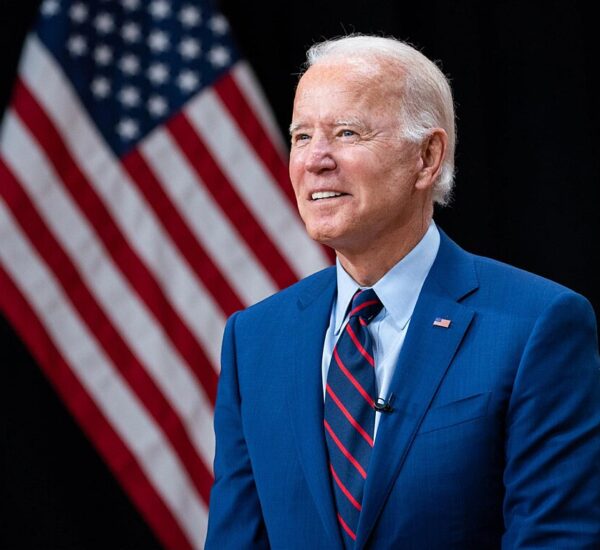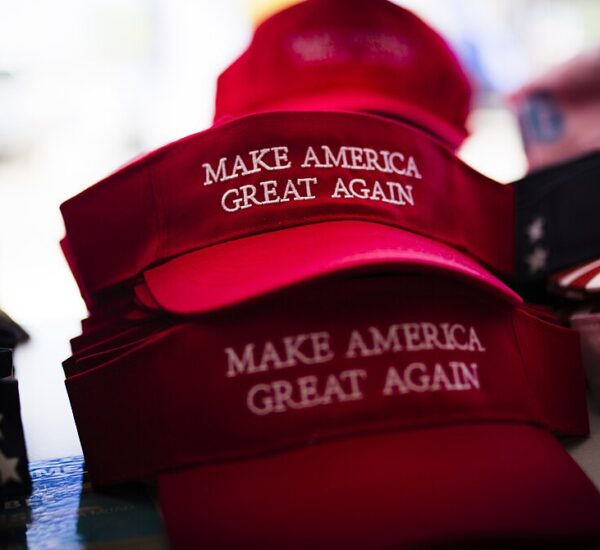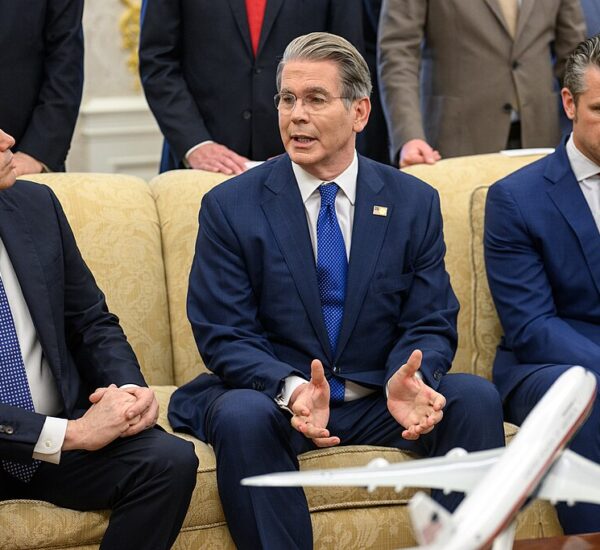Trump Announces New Trade Agreement
Washington, D.C. – President Donald J. Trump has once again taken bold action to defend American workers and industries—this time reaching a new trade agreement with China aimed at lowering tensions while keeping America first.
The deal, quietly finalized earlier this week, was confirmed by both President Trump and China’s Commerce Ministry. While full details remain scarce, the agreement marks a significant step in Trump’s ongoing campaign to rebalance trade and hold China accountable for years of economic abuse.
“This is about protecting American jobs, restoring fairness, and defending our future,” President Trump said.
What Did Trump’s New Deal Actually Do?
According to U.S. Treasury Secretary Scott Bessent, the Chinese have agreed to ease export restrictions on rare earth minerals and industrial magnets—resources critical to American manufacturing, defense systems, and microchip production. These materials are essential to powering U.S. technology, vehicles, and national defense infrastructure.
In exchange, the United States will lift several restrictions previously imposed on Chinese exports—though specifics remain under wraps.
China’s Commerce Ministry said it would begin approving export applications for “controlled items” under Chinese law, but did not say if the U.S. would ease its own tech export controls—something China has repeatedly demanded.
Bessent, appearing on Fox Business, stated that the United States had “held back some vital supplies” as leverage during negotiations—crediting President Trump’s leadership for achieving results without capitulation.
Liberal Critics Already Downplaying the Breakthrough
Not everyone is cheering the development. Jeff Moon, a former Obama-era trade official, criticized the lack of immediate detail—suggesting the deal may lack substance. But conservatives argue that this is just more of the same negativity from elites who failed to confront China for decades.
“While Biden sat back and watched China steal our future, Trump is doing the hard work to defend America,” said one trade expert.
How Did We Get Here? A Timeline of Trump’s Strategy
This week’s agreement follows a series of tough, high-level negotiations led by President Trump himself.
- In June, during talks in London, China agreed to relax restrictions on rare earth exports.
- In May, Trump’s team met with Chinese officials in Geneva, where both sides agreed to drastically reduce sky-high tariffs that had threatened to bring U.S.-China trade to a standstill.
The tariff war had seen rates spike as high as 145% on Chinese goods and 125% on U.S. exports. After President Trump stepped in, both sides pulled back—reducing tariffs to 30% and 10% respectively.
Where Do Things Stand Now?
While this new agreement signals progress, the bigger issues are far from resolved.
President Trump launched the trade war to stop China’s unfair practices: forced technology transfers, industrial espionage, market manipulation, and a lopsided trade deficit that cost the U.S. billions. Last year alone, America’s trade deficit with China hit $262 billion.
Despite modest gains, experts agree that China’s bad behavior hasn’t changed—and that President Trump must keep the pressure on.
“This agreement does nothing to address China’s trade surplus or its state-sponsored market abuses,” said Scott Kennedy from the Center for Strategic and International Studies.
Still, there’s no doubt Trump’s America First trade policy is forcing Beijing to the negotiating table.
Bottom Line: Trump Isn’t Backing Down
President Trump’s tough stance on China has already yielded results, and this latest deal proves that standing strong works. While establishment critics and globalists second-guess the approach, millions of Americans support a president who finally puts U.S. jobs, industries, and national security first.
As the July 8 trade deadline with other partners approaches, the world is once again watching President Trump reshape the global economy on America’s terms.

